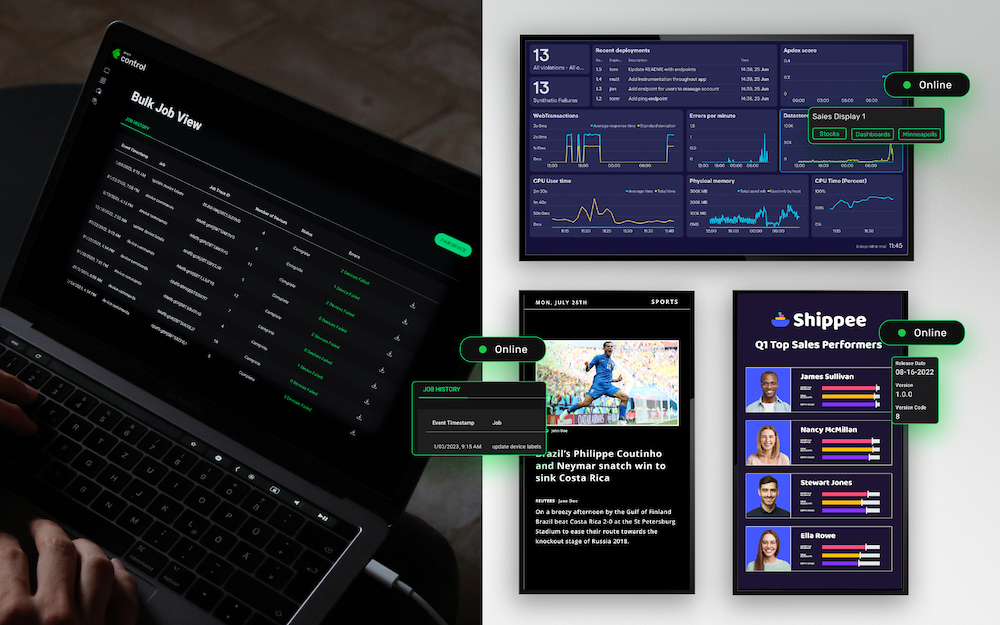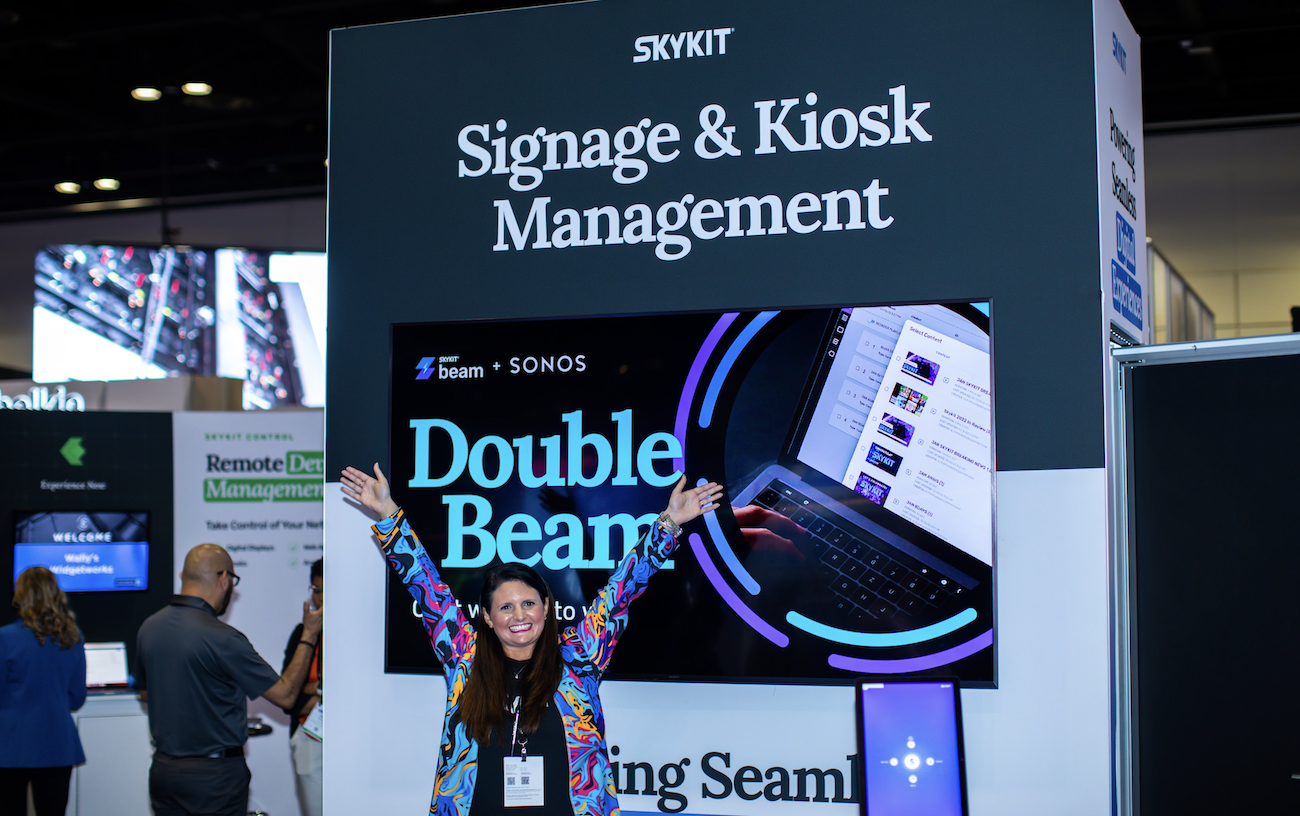Firmware vs. Software
The age-old debate of firmware versus software is more than just a technical discussion; it’s a foundational concept that underpins our modern digital world. In the context of Android devices, both firmware and software play vital roles, each with its unique characteristics and functions.
This article will delve into this fascinating world to understand their differences, similarities, and how they work together to make our devices come alive.
Exploring the World of Firmware
What is Firmware?
Firmware is a specialized type of software that acts as the bridge between a device’s hardware and the software that runs on it. Unlike the software applications that we interact with daily, firmware is permanent and resides in the Read-Only Memory (ROM) of a device.
From conversations I have had there seems to be a bit of confusion around firmware and hardware, to make this very clear, if you hear the word firmware, there is hardware involved.
Firmware is often developed using low-level programming languages that are closely related to the hardware’s design. It’s like the device’s native language, allowing it to understand the basic commands and functions.
This close relationship with the hardware makes firmware incredibly efficient but also means that it must be designed with great care and precision.
When you turn on a device, the firmware is the first thing that springs into action. It initializes the hardware, checks that everything is in order, and then hands over control to the operating system, which then loads the software applications.
It’s a seamless process that happens in the blink of an eye, but without the firmware, the device would be lifeless and unable to function.
Diving Deep into Software
Software is a broad term that encompasses a collection of programs, data, and instructions that enable a computer or device to perform specific tasks. Unlike hardware, which refers to the physical components of a device, software is intangible and exists in a digital form.
Role & Characteristics
Interaction with Users
The software serves as the interface between the user and the hardware. It translates user inputs into instructions the hardware can understand and execute.
Whether you’re sending a text message, playing a game, or browsing the web, software is what makes these activities possible.
Versatility and Customization
Software can be designed for various purposes and customized to meet specific needs.
From operating systems that manage the device’s overall operation to specialized apps for particular tasks, software offers endless possibilities.
Dependency on Hardware
While software provides the functionality, it relies on the hardware to execute its instructions.
It’s like a virtual conductor, directing the hardware orchestra to produce the desired outcomes.
Updatability
One of the key characteristics of software is its ability to be updated.
Developers can release new versions with enhanced features, bug fixes, or security improvements, ensuring the software continues to meet user needs.
Examples of Software
Android OS
Android is a prime example of software that powers millions of smartphones and tablets. It’s an open-source operating system based on the Linux kernel, providing a platform for other software (apps) to run.
It includes everything from basic system services to user interface elements, allowing for a cohesive user experience.
Apps on a Smartphone
Apps are specific software designed to perform particular tasks. On an Android device, you’ll find apps for communication, entertainment, productivity, and more.
Each app is developed using programming languages like Java or Python and runs within the Android OS.
Middleware and Drivers
In addition to the visible parts of the software, like the OS and apps, there are also underlying layers, such as middleware and drivers that facilitate communication between the hardware and software.
These components ensure that the software can effectively utilize the hardware’s capabilities. You might be thinking that middleware sounds a bit like firmware, they are similar, but they are different. Here is an easy way to think about the difference between middleware and firmware:
Middleware
Is like a translator between different people who speak different languages, helping them understand each other.
Firmware
Firmware, as stated above, is like the basic rules of a game that tell the players (hardware) how to start playing and what moves they can make.
Middleware deals with communication between software components, while firmware deals with the basic control and operation of hardware. They both act as bridges but in different contexts and levels of a computer system.
The Essential Relationship Between Firmware and Software
Firmware and software are both essential components in the operation of modern devices, but they serve distinct roles. They share the commonality of providing instructions to the device, guiding its actions and responses.
Whenever you think about the relationship between firmware and software, there is always going to be hardware involved.
Think about it from the perspective of Disney’s movie Inside Out.

If Inside Out was about Firmware vs. Software
Hardware:
Think of the hardware as the physical body of Riley.
It’s the tangible part that carries out actions, like her arms, legs, eyes, and ears.
Software:
The software can be likened to the various emotions inside Riley’s mind, such as joy, sadness, anger, fear, and disgust. These emotions represent different programs or applications, each with its unique function and behavior.
Firmware:
Firmware is analogous to the control center inside Riley’s mind where the emotions reside.
It’s the bridge that translates emotions (software) into physical actions (hardware). The firmware ensures the right emotion is activated at the right time, and it translates that emotion into a corresponding physical response.
I hope that example helped! If you are still reading this, thank you for taking the time!
To wrap up this blog, remember the relationship between firmware and software is symbiotic and must be harmonious for a device to function correctly.
Together, they form a complex and elegant dance that enables the smooth operation of everything from smartphones to industrial machines.
I hope this deeper understanding of this intricate relationship gives you more appreciation for the technology that powers our daily lives.



